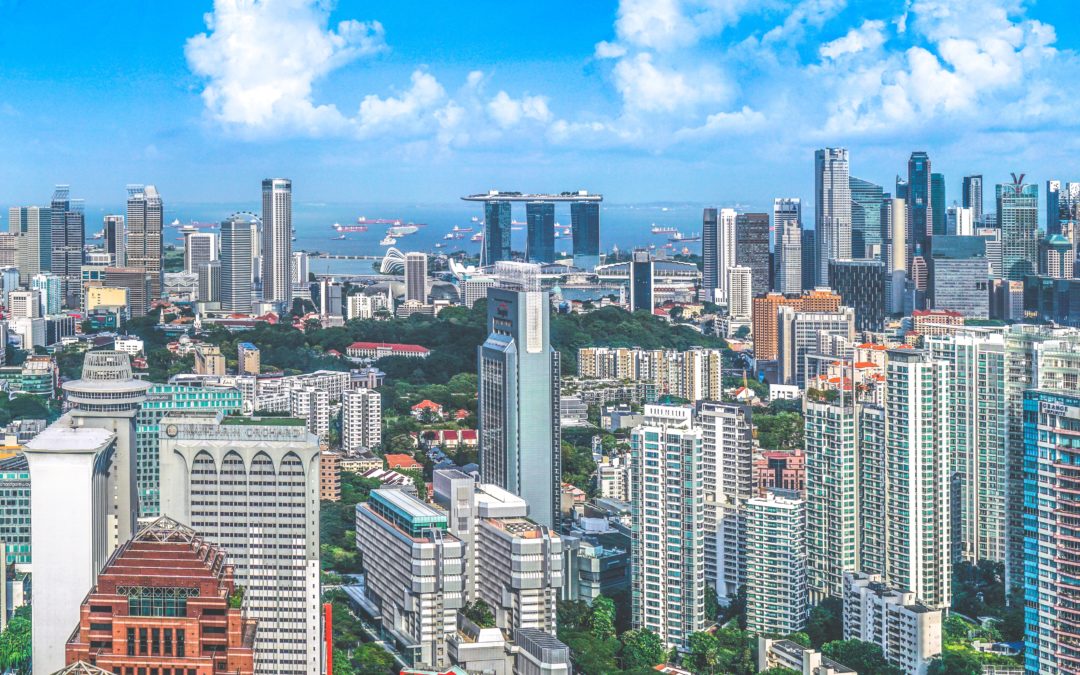What is the main language in Singapore? This is a question many new expats would ask. English is one of our official languages, along with Mandarin, Malay and Tamil. You can definitely get by with English in this country, however, the combination of the four languages and some dialects makes a new lingo – Singlish. So, to better blend in and get accepted by the local community, try learning some Singlish!
First thing first
We call the older people “uncles” and “aunties” everywhere we go, be it your neighbours, the hawker vendors or someone you bump into on the street. It is a sign of respect and friendliness, part of our culture I would say.
In the western world, greetings usually go with “Hi, how are you?” In Singapore, at least amongst the locals, people would go with “Hi, have you eaten?” Food related topics are usually good conversation starters. If you have been here long enough, I’m sure you would have known that most Singaporeans are foodies. It’s hard not to be when you are surrounded by so many good food varieties in this tiny island!
Basic Singlish to start off
Singaporeans tend to speak fast and cut their phrases short. Thus, many new expats find it hard to understand the Singaporean accent, on top of the Singlish that we use.
First, there’s a term Singaporeans use to refer to the expats here.
- Ang Moh – Westerners/foreign expats are termed as Ang Moh, which literally translates to “red hair” in Hokkien.
E.g. Where do you think that ang moh is from?
Expression terms
The below expressions are used at the end of a phrase or word.
- Lah – This places emphasis on the phrase or word before it.
E.g. No lah, it can’t be true.
- Leh – This adds a little bit of doubtfulness to the phrase or word before it.
E.g. No leh, I don’t think it’s true.
- Lor – This gives a sense of indifference, sometimes, it can be showing one’s unwillingness.
E.g. Okay lor, if you think it’s true, then it should be.
General terms
These are terms that you may hear Singaporeans saying quite frequently.
- Can/Cannot – Agreeing/Disagreeing
E.g. Let’s meet at 12pm today. Can? You would then reply with a “can” or “cannot”.
- Walao – Oh my gosh!
E.g. Walao eh, when is the rain going to stop?
- Shiok – Great! It’s usually used to express one’s enjoyment.
E.g. Having a bowl of hot soup on a rainy day is so shiok!
- Kiasu – Fear of losing out
E.g. They have been queuing up since 5am, they are so kiasu.
Food terms
These can be useful when you are eating at a hawker centre, especially during the peak hours.
- Chope – This is an action of reserving a table or seat in a hawker centre, usually with a packet of tissue.
E.g. I’ve choped the table, let’s go get our food.
- Tabao – This means takeaway food.
E.g. Uncle, chicken rice, tapao please.

Ordering coffee from a local vendor may be quite a task if you’re new here.
- Kopi – Coffee + condense milk
- Kopi Bing – Coffee + condense milk + ice
- Kopi O – Coffee + sugar
- Kopi Kosong – Coffee without milk and sugar
- Kopi C – Coffee + evaporated milk + sugar
- Kopi Siew Dai – Coffee + less condensed milk
- Kopi Ga Dai – Coffee + extra condensed milk
- Kopi Gao – Coffee (double shot) + condensed milk
- Kopi Po – Half shot of coffee + condensed milk
- Kopi Gu You – Coffee + condensed milk + sugar + butter
- Yuan Yang – Coffee + milk tea
These are just the tip of an iceberg on Singlish and Singapore’s culture. It takes time to learn but gets easier when you start living and mingling with the locals. Singapore is such a small yet diverse city, definitely a great place to live in if you’re ever considering on moving here!

